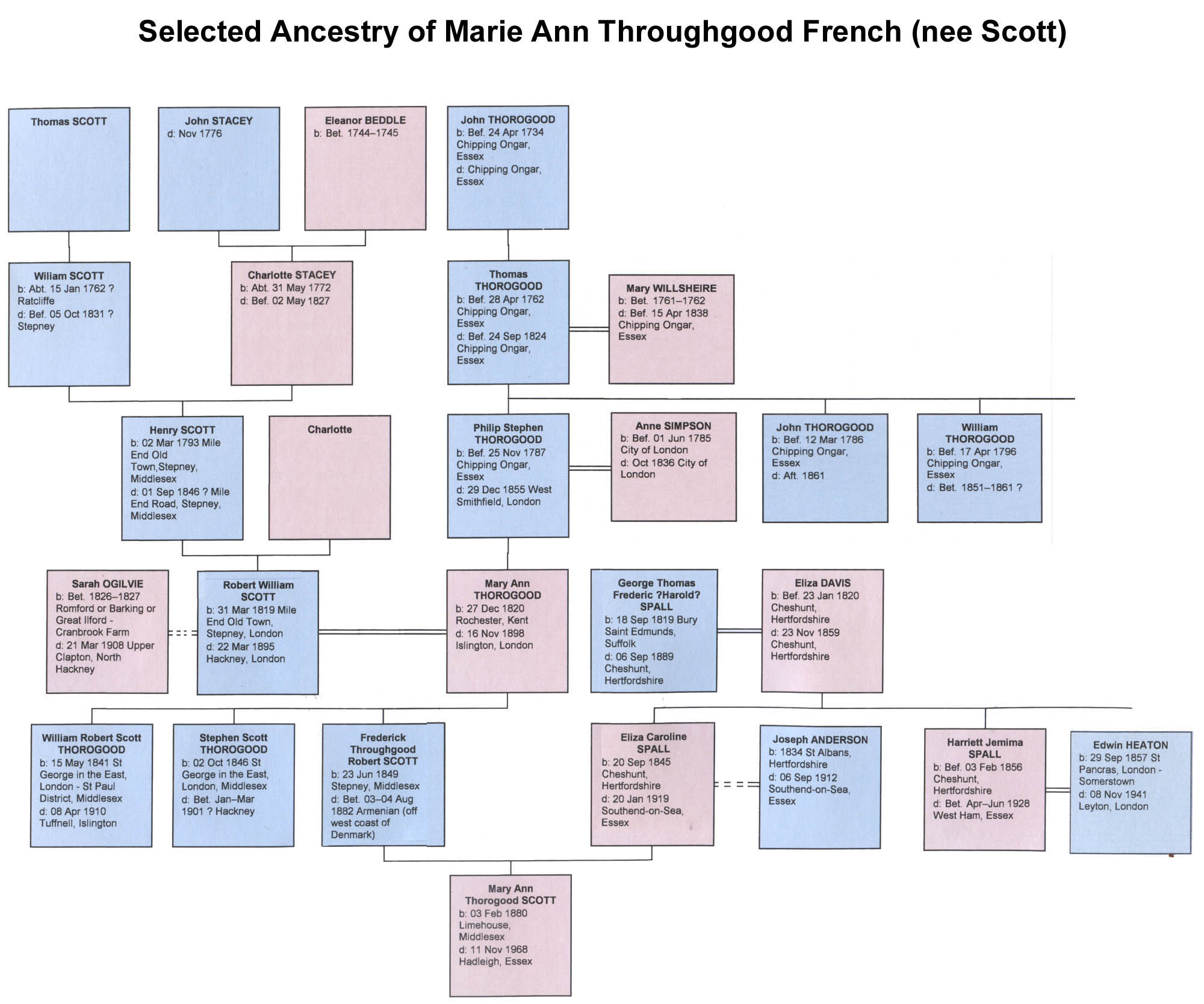


They reconciled religious differences by agreeing that sons would be raised as Catholics, daughters as Episcopalians. Taney was Roman Catholic Anne was Episcopalian. Anne was a kind and tranquil person who soothed Taney when his nerves were frayed, nursed him when his health was bad, and was a great comfort to him all their married life. During this time, he courted Anne Key, sister of his friend Francis Scott Key, who lived nearby at Terra Ruba, the Key family estate north of Toms Creek in Frederick County, Maryland.īy 1805, he was secure enough financially to propose, and Anne Key married Taney on January 7, 1806, at Terra Ruba. Taney accepted all types of cases and was soon the most prominent lawyer in the area. After being admitted to the bar in 1799, Taney tried practicing in several locations, but finally moved to Frederick, Maryland, in March of 1801, where he remained for the next twenty years.įrederick was a small town, but there were old family friends and relatives in the vicinity. During this time, he made friends with Francis Scott Key, later famous for his poem The Star-Spangled Banner. Taney was a thin, flat-chested youth with thick black hair, solemn eyes, and a face that showed much character but was not handsome.įrom 1796 to 1799, Taney clerked in the office of a prominent Annapolis judge. Taney was painfully shy, and public speaking was difficult for him throughout his life, upsetting his somewhat delicate health. It was an honor he had wanted but did not relish achieving. In the spring of 1795, Taney passed the oral examination required for graduation and was voted valedictorian by his classmates. Taney’s father asked Nisbet to become Taney’s guardian while he was away at school, since he was one of the youngest students there. Charles Nisbit, president of the college. In 1792, at the age of 15, Taney was sent to Dickinson College in Carlisle, Pennsylvania, where he studied and lived with the difficult but brilliant Dr. Growing up, Taney received lessons from a private tutor. Taney was the son of Monica Brooke Taney and Michael Taney, head of a prominent and aristocratic tobacco‐growing family whose politics were pro‐Constitution, pro‐Federalist and strongly supportive of the rights of private property. Roger Brooke Taney (taw’-ny) was born on March 17, 1777, and raised at the family home in Calvert County, Maryland – Taney Place, a two-story Georgian-style country house, dating from about 1750. She was the daughter of Anne Phoebe Penn Dagworthy Charlton and wealthy farmer John Ross Key. The property includes the house, detached kitchen, root cellar, smokehouse and slave quarters in the rear, and interprets the life of Roger and Anne Key Taney, who lived here until 1821, as well as various aspects of life in early nineteenth century Frederick County.Īnne Phoebe Charlton Key was born on June 13, 1783, in Frederick County, Maryland.


 0 kommentar(er)
0 kommentar(er)
